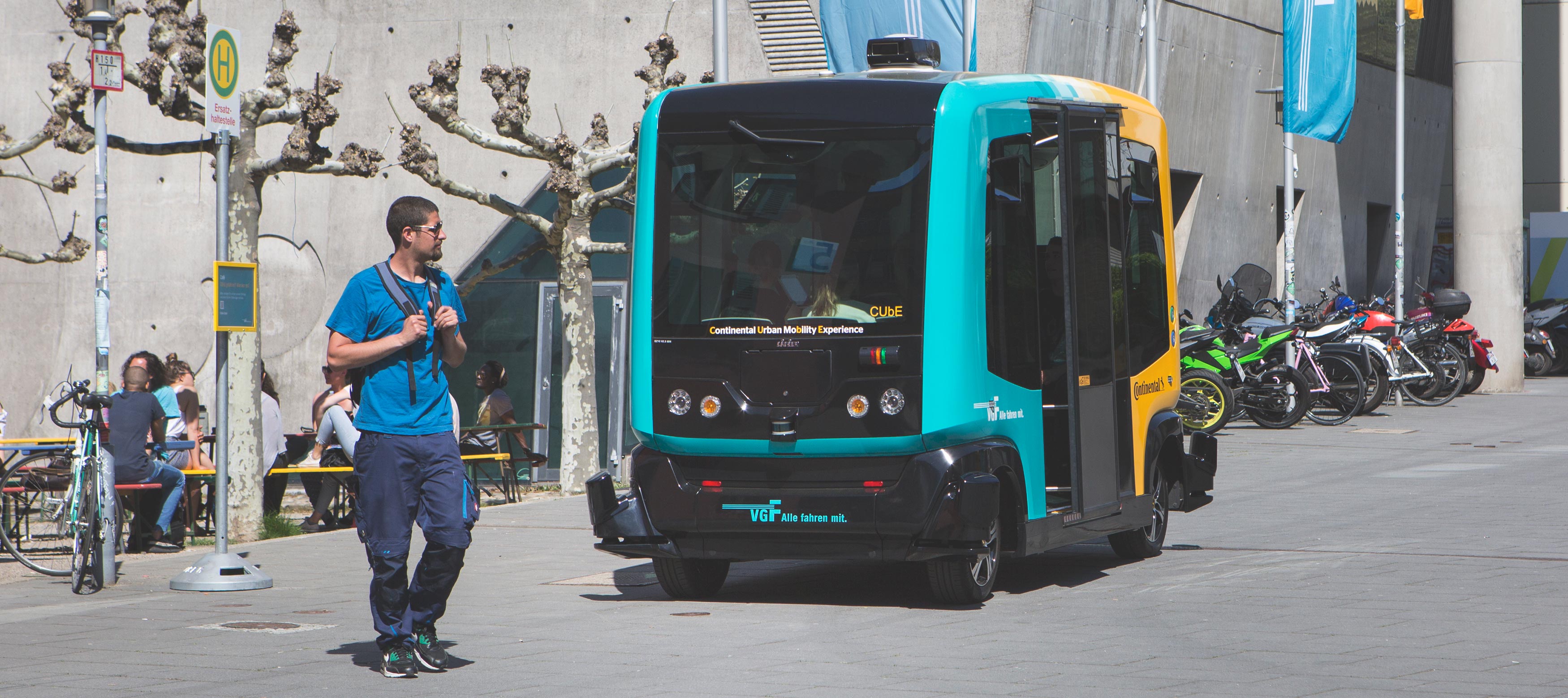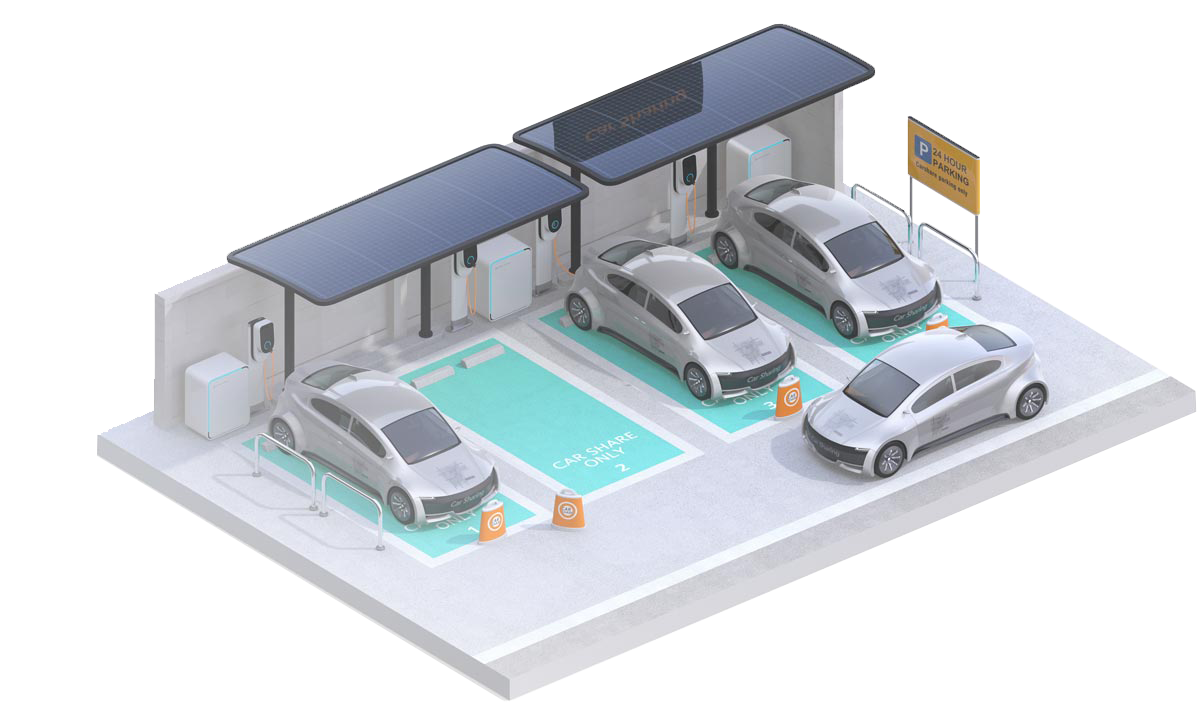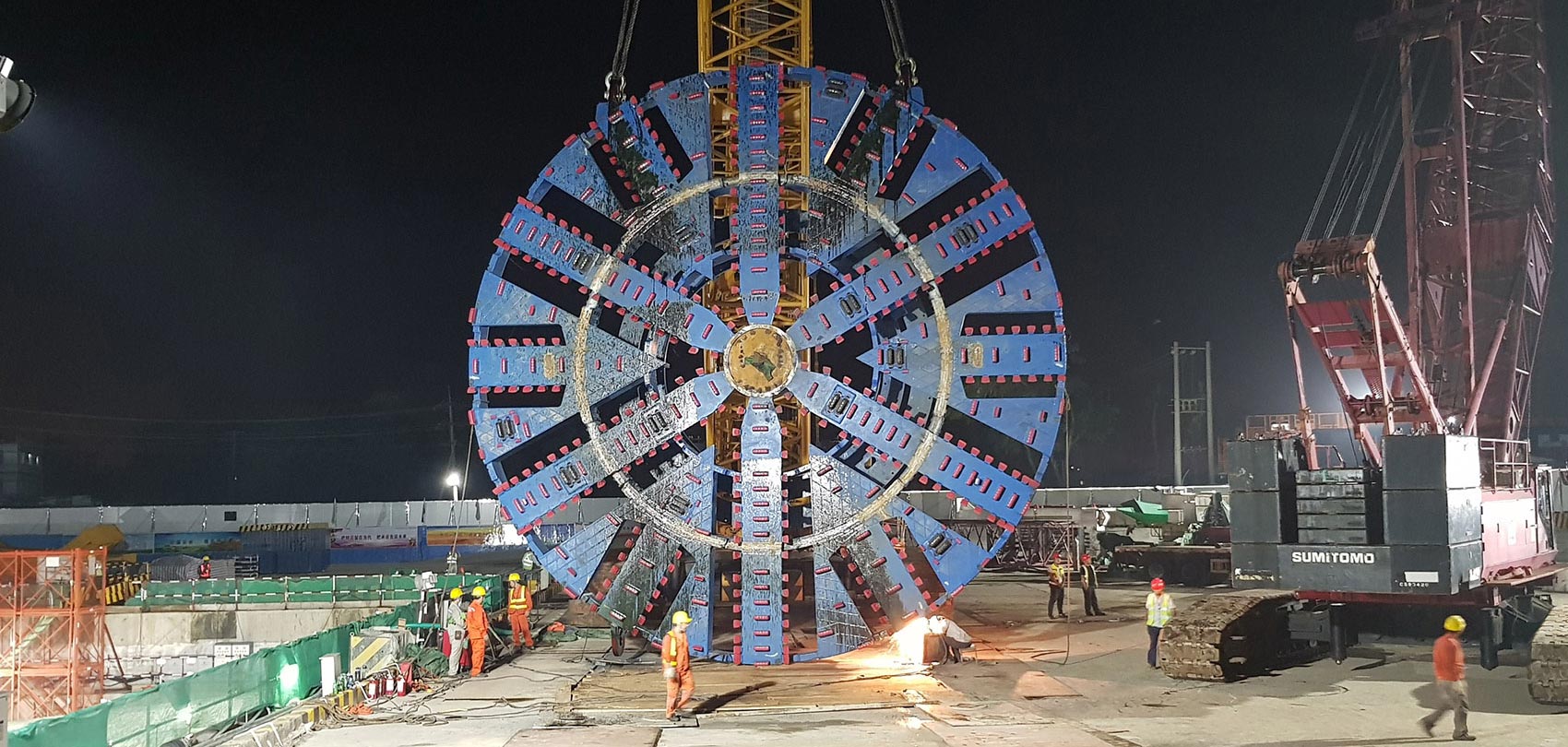
Shifting from driver to autonomous operation
There will be an extended transitional phase from driver-operated to computer-operated vehicles, and we are in this transitional phase now. New cars already include in-built safety features that allow the car to take over if danger is detected, such as emergency braking, weave-lane control and speed limiters.
But on roads in which both human-driven cars and Autonomous Vehicles (AVs) will interact, conflict will be likely. Until we fully transition to an autonomous fleet, road design — especially major highways — might require AV-only lanes and a mixture of other road layout models that accommodate a new driving regime.
This presents an array of new challenges for engineers of the future who are committed to delivering roads that are safe for both humans and their AVs.
 The tension between flexibility and safety
The tension between flexibility and safety
Since the dawn of the motorcar, a large body of design manuals, guidelines and templates have been progressively developed to support efficient and safe traffic operations. The form of road infrastructure has always needed to comply with exacting and robust design criteria.
But as the size, speed and number of vehicles have increased over time, so too have the design criteria. They have continuously been updated and supported by the research and learnings of recorded traffic operations.
As this road space has become increasingly shared with more vulnerable users such as pedestrians and cyclists, road design has been amended to increase the safety of these users.
The basic premise of these design guidelines is to inform or coerce driver behaviours or reduce the effects of an accident. Human error is identified as the cause of 90 per cent of accidents despite the design measures.
AVs, theoretically, should remove the human-driver behaviours element, and replace human error with a computer-based, system-wide approach that interacts with other road users.
This environment could remove the need for much of the operational and safety design measures previously required in engineers’ designs. Would a fully autonomous vehicle need lanes, signage and traffic lights, parking bays or crash barriers?
Considering the rate of change across multiple sectors, there is also a high risk of building redundant infrastructure. Today’s road design requirements involve complicated and costly design features based on the human-driven car.
The life cycle of this infrastructure is at least 20 to 30 years and risks becoming redundant when an AV fleet requires road space. Road design will therefore need to be flexible to allow for relatively simple augmentation to support AVs. In the future, road infrastructure design could become a blank canvas where geometry and connectivity are the design criteria.
Engineers: Seasoned change managers
While new technologies will continue to develop at an increasing rate and disruption will persist, it is equally as important to remember that the fundamentals of engineering will always prevail. The best solutions in the future will be derived from the augmentation of humans and machines because the building blocks of engineering are enhanced by technology.
Engineers have been doing this for thousands of years — from the Roman days of building roads for horse and cart and marching armies to smoother surfaces for a fragile small Model T Ford, to designing 20-lane superhighways that can carry a 50-tonne, 75 m long truck.
For engineers, change is a constant. What we face now is merely a new and exciting evolutionary stage.
The full version of this article was published by Create Online as Autonomous cars will drive a new philosophy in road design
Related
insights
 ‘Elegant, innovative and sustainable’ – ENR Global Best Rail Project
‘Elegant, innovative and sustainable’ – ENR Global Best Rail Project
SMEC took the role of Design Lead on the project which involved building a four-kilometre elevated skytrain and a 270-metre curved, cable-stayed rail bridge over Windsor Road at Rouse Hill.
 Breaking new ground on Bangladesh’s first underwater tunnel
Breaking new ground on Bangladesh’s first underwater tunnel
Bangladesh is a country of rivers. The Karnaphuli River services the city of Chattogram (formerly called Chittagong), the largest sea port of Bangladesh. With the rapid development of southeast Bangladesh, especially in the regions south of Chattogram, the two existing bridges over the Karnaphuli River are inadequate to accommodate the increase in traffic. With a population of over six million, the heavily congested city of Chattogram is closely surrounded on the east by the Chittagong Hill Tracts and the west by the Bay of Bengal, making an additional bridge type crossing of the Karnaphuli River unviable.





